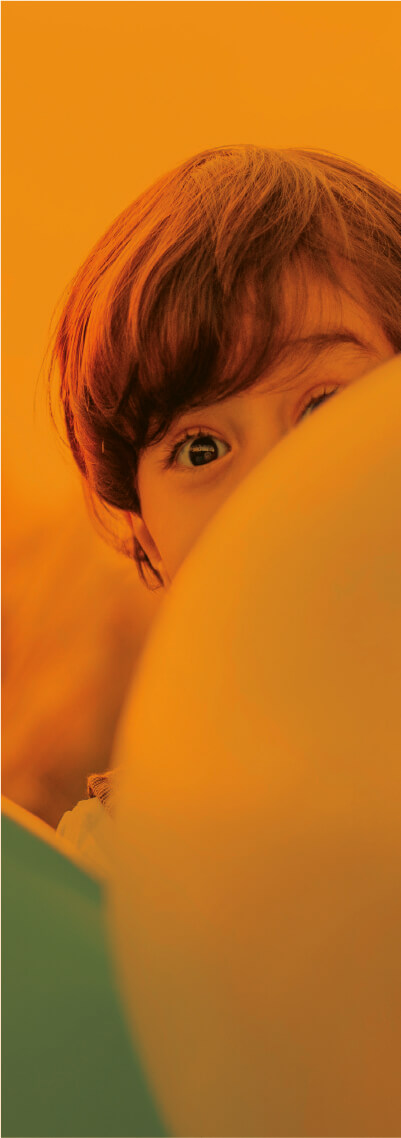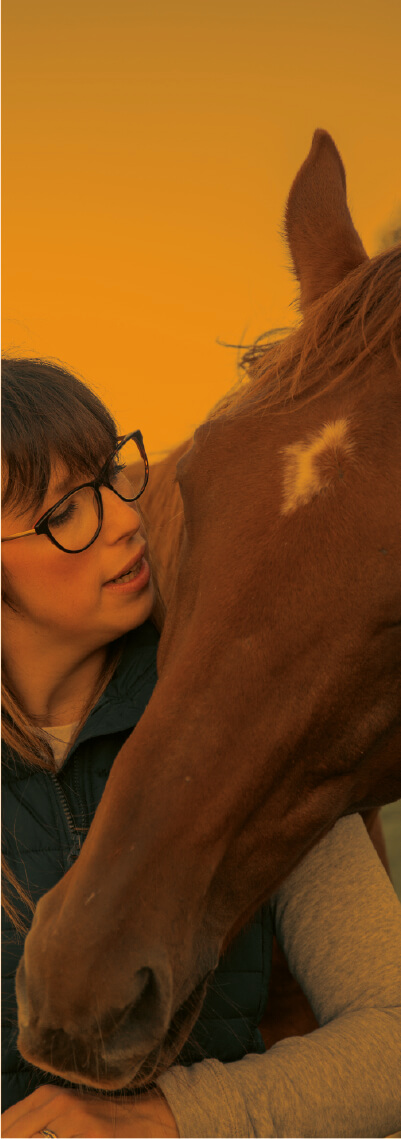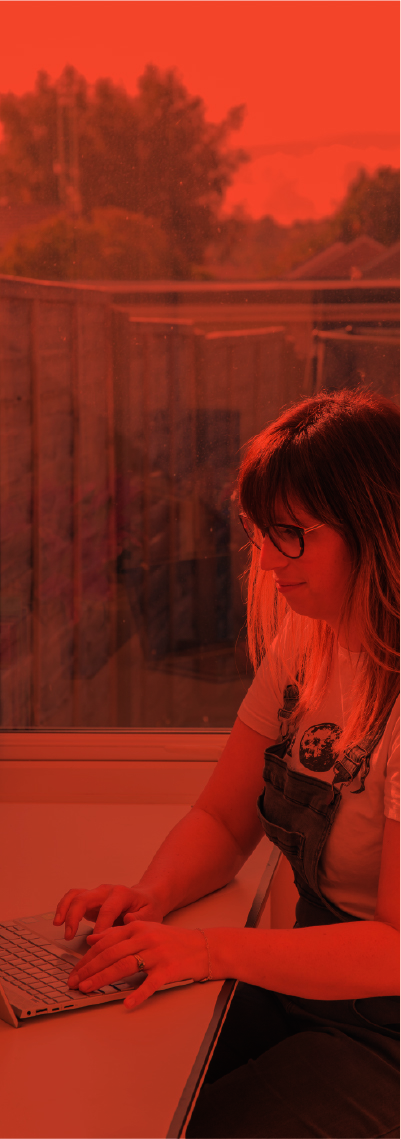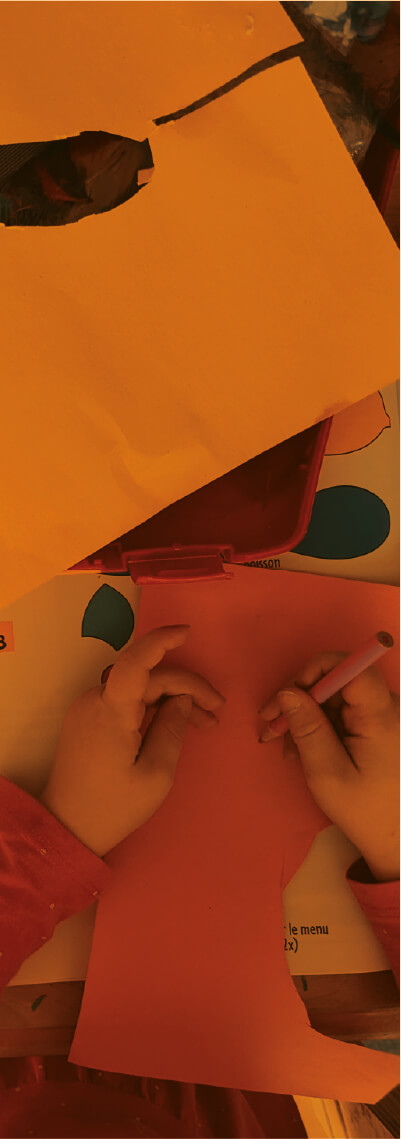
Activities for a Healthy Chest
If your child spent any time in hospital as a newborn, had prolonged oxygen requirements after birth or typically struggles with coughs, colds and chest infections, I have some ideas that will help you to easily integrate the right exercises into your play to increase the air flow in their lungs.
A whistle-stop tour of the lungs:
Our lungs are shaped like triangles with the smallest portion of lung volume sitting at the top of the chest near to the collar bone and the widest part at the bottom. When we are taking normal, relaxed breaths we only use the top portion of the lungs. When we take deeper, more controlled breaths we use the whole lung including the bottom part. This makes maximum use of the surface area to allow the oxygen flowing into our lungs to move into our bloodstream where it is used by the body. Below the lungs are our other vital organs within in the chest cavity; if your child doesn’t have great postural control the bottom part of the lungs can end up a bit squashed. Trying to stay as upright as possible is the best way to give the lungs the space they need to open up at the bottom.
Also, as their bone structure is still developing, it’s normal for children’s rib cages to be a little floppier than adults so they need to put more effort into supporting the lungs and keeping them open.
Children who are moving less have fewer opportunities to get air into their lungs. When we open them up air will be automatically sucked in which can help with moving sticky secretions away from the lungs and improving air flow. Getting air behind those crackly coughs will force mucus up and out into the throat.
Activities to support healthy chests:
Please note that this advice does not substitute the need to access support from your doctor if your child is struggling to breath or you are worried about their health. If they are lethargic and things aren’t clearing up as quickly as you would expect then it always best to get them checked out. Throughout the following exercises your child should be comfortable in their breathing and not showing any of the following signs of struggle:
- Shorter breaths
- Strain from the shoulders
- An inward tug at the bottom of the neck
- Flaring of the nostrils
- Sucking in under the tummy muscles
If you’re happy that they’re comfortable, here are some activity ideas you might like to try:
- Regular position changes can help to splint the lungs open and change the air flow. Regularly move between side lying, standing, sitting and tummy time.
- Tummy time activities are great, but if your child isn’t keen then lying over a gym ball or peanut might be better. In this position you can move forwards and backwards or bounce gently.
- Using gravity to spread their organs out and open up the chest is great. Using a standing frame or specialist seating and remaining as upright as possible is the best way to let gravity do its thing.
- Have a good giggle! If you can make them laugh then you’re onto a winner. This forces them take air in and expel it quite rapidly which can really help with chest clearance.
- Blowing activities are fantastic to increase air flow. Try blowing bubbles, playing straw football or having tissue butterfly races. If your child doesn’t get lip closure then you could try asking them to mist up a mirror and draw faces or model some deep breathing and encourage them to mimic a big breath in with you.
All these activities are great for development too, including speech and language, so its good to revisit them throughout the year. If you would like more information on these activities then head over to my free Facebook group The Parent Platform, where we discuss this and more in our weekly lives. I also offer a membership platform, The Therapy Toolkit Hub™, which is designed to arm you with knowledge, a supportive parent community and a host of information from a highly specialist children’s physiotherapist. I would love to see you in there!
Jo x







